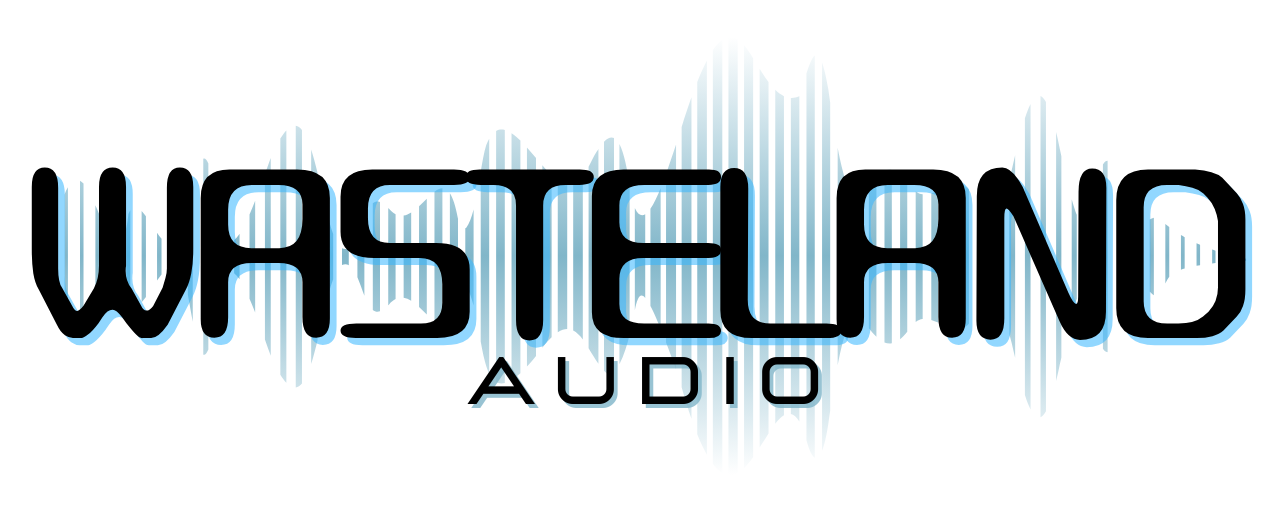In the realm of audio production, there’s a paradigm shift occurring—a shift that’s taking us from the confines of stereo into the boundless world of three-dimensional sound. Dolby Atmos, the groundbreaking technology originally designed for cinema, is now transforming the music industry. For musicians, producers, and sound engineers, mixing music in Dolby Atmos is the future of immersive audio. In this blog post, we’ll explore the crucial role of audio interfaces in achieving Dolby Atmos magic and the best options available for creating soundscapes beyond imagination.
Why Mix in Dolby Atmos?
Before we delve into the world of audio interfaces, let’s briefly explore why mixing in Dolby Atmos is a game-changer:
- Immersive Sound: Dolby Atmos allows you to create a soundstage that envelops the listener from all directions—above, below, and around. It’s perfect for crafting music that surrounds the audience.
-
Creative Freedom: With Dolby Atmos, you can precisely place and move sounds in a three-dimensional space, giving you unparalleled creative control. It’s like painting with sound.
-
Future-Proofing: As demand for immersive audio grows, particularly in streaming and gaming, having the skills and tools for Atmos mixing is a strategic move for audio professionals.
The Role of Audio Interfaces:
Audio interfaces are the heart of any recording and mixing setup. When it comes to Dolby Atmos, they serve as the bridge between your digital audio workstation (DAW) and your speakers. They need to provide the connectivity, processing power, and I/O (input and output) options necessary to handle the intricacies of immersive audio.
Top Audio Interfaces for Dolby Atmos Mixing:
Avid MTRX Studio:
- I/O Flexibility: The Avid MTRX Studio offers extensive I/O options, including immersive audio support, making it a versatile choice for Atmos mixing.
-
Pro Tools Integration: It seamlessly integrates with Pro Tools, a popular DAW for Atmos mixing, and includes EUCON control for easy routing and monitoring.
Merging+ Anubis/HAPI:
- High-Resolution Audio: The Merging+ Anubis is known for its exceptional audio quality, making it an excellent choice for those seeking pristine sound in their Atmos mixes.
-
Compact Design: Its compact form factor is perfect for home and project studios.
RME Fireface UFX+:
- Stellar I/O: The RME Fireface UFX+ offers a vast array of I/O options, with high-quality preamps and low latency, crucial for immersive audio work.
-
Steadfast Reliability: RME is known for its solid build quality, making the Fireface UFX+ a reliable workhorse for Atmos mixing.
MOTU 16A:
- Affordable Choice: The MOTU 16A provides a more budget-friendly option for those looking to get started with Atmos mixing.
-
Flexible Routing: Its flexible routing and connectivity options make it a valuable addition to your studio.
Avid HDX / HD Native:
- For Pro Tools Users: If you’re deeply invested in Pro Tools for Atmos mixing, Avid’s HDX and HD Native systems provide robust processing power and seamless integration.
-
Scalability: You can scale your system to fit the requirements of your projects.
Antelope Audio Goliath HD Gen 3:
- High-Resolution I/O: The Antelope Audio Goliath HD Gen 3 offers a plethora of high-resolution inputs and outputs, making it suitable for complex Atmos setups.
-
Clocking Technology: Antelope Audio is renowned for its clocking technology, which ensures pristine audio quality and tight synchronization.
Universal Audio Apollo x16:
- Real-time UAD Processing: The Universal Audio Apollo x16 features real-time UAD processing, allowing you to offload plugin processing from your computer and maintain low latency.
-
Console Software: The included Console software provides flexible routing and monitor control for immersive audio mixing.
Focusrite Red 16Line:
- Red Evolution Preamps: The Focusrite Red 16Line incorporates the Red Evolution preamps, known for their exceptional clarity and transparency.
-
Thunderbolt 3 Connectivity: Thunderbolt 3 connectivity ensures high-speed data transfer and low latency.
Considerations When Choosing an Audio Interface:
-
I/O Requirements: Determine the number of inputs and outputs you need for your Atmos setup. Ensure the audio interface can handle your desired speaker configuration.
-
Latency: Low-latency performance is critical for immersive audio work. Look for audio interfaces with efficient processing to minimize latency.
-
Software Compatibility: Check that your chosen audio interface is compatible with your DAW of choice, as some are optimized for specific software.
-
Build Quality: Investing in a reliable and durable audio interface is crucial for long-term performance.
-
Budget: Consider your budget, as there are options available for various price ranges, from entry-level to high-end solutions.
-
Speaker Calibration: Proper calibration of your Atmos speaker setup is vital for accurate audio reproduction. Hardware level speaker calibration and alignment is a strong factor to consider when deciding on an Audio Interface for Mixing with Dolby Atmos. Speaker correction and calibration tools help to optimize the acoustics of your studio, ensuring that your mix translates well to various listening environments.
Conclusion: Crafting Sonic Masterpieces
Audio interfaces are the unsung heroes of Dolby Atmos mixing, connecting your creative vision with the speakers that will transport your listeners to new auditory realms. Whether you opt for a high-end, feature-packed interface or a more budget-friendly solution, your choice will play a pivotal role in crafting the sonic masterpieces of the future. Dolby Atmos is not just a technology; it’s a revolution in sound, and your audio interface is the key to unlock its full potential. So, step into the immersive world of Atmos mixing, where sound knows no bounds, and let your music envelop and captivate your audience like never before, all while considering the importance of proper speaker calibration for a precise mix.





